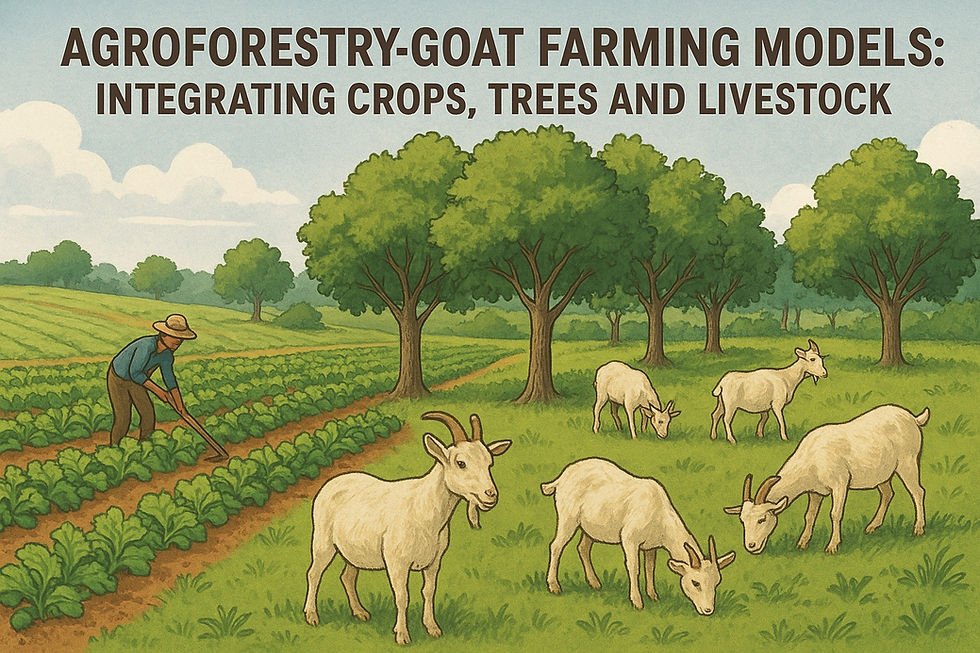Beyond the Buffalo: Small Livestock as Unsung Heroes of Asian Agriculture
- Global Services TGT
- May 2
- 3 min read
When most people picture agriculture in Asia, images of vast rice paddies, hardworking water buffaloes, and terrace farming often come to mind. While these elements are iconic, they overshadow a quieter, but equally vital force in the agricultural ecosystem: small livestock. From goats and sheep to chickens, ducks, and even rabbits, these animals play an essential yet underappreciated role in shaping rural economies, ensuring food security, and supporting livelihoods across the continent.
In many parts of Asia, particularly in South and Southeast Asia, small livestock are the backbone of smallholder and backyard farming systems. Chickens cluck through courtyards in Cambodia, goats roam village paths in Nepal, and ducks waddle through the rice fields of Vietnam. These animals require minimal land and investment, making them ideal for families with limited resources.
For millions of rural households, especially women, small livestock serve as food and financial safety nets. A few hens can provide regular eggs, while a pair of goats can be sold or traded during times of economic need. This informal livestock economy rarely makes headlines, but it sustains millions whose Purchasing Power Parity is very low.
Small livestock are also critical for combating malnutrition in regions where diets can be heavily carbohydrate-based, animal-source foods like eggs, milk, and meat offer essential proteins, vitamins (like B12), and minerals (such as iron and zinc). For children and pregnant women in low-income communities, even a small amount of animal protein can dramatically improve health outcomes.
Unlike larger livestock, which are often managed by men, small livestock are typically controlled by women. This gives women increased decision-making power within households and communities. Initiatives that support poultry farming or goat-rearing often report boosts in women’s income, self-reliance, and social status.
Across countries like Bangladesh and India, women-led self-help groups have harnessed small livestock farming to generate income, invest in children’s education, and build community resilience.
As climate change disrupts weather patterns and agricultural yields, small livestock offer a resilient, low-carbon alternative. Goats and sheep, for example, are highly adaptable to arid conditions and poor-quality fodder, making them suitable for regions facing desertification or erratic rainfall.
Moreover, small animals produce less methane than large ruminants like cows and buffaloes, contributing to lower greenhouse gas emissions. Integrating small livestock into mixed farming systems also enhances soil fertility, reduces waste, and diversifies farmer income.
Despite their potential, small livestock farming in Asia faces multiple challenges: lack of veterinary services, poor access to markets, limited training, and disease outbreaks such as avian flu. Government policies and development programs often prioritize large-scale livestock or crop cultivation, ignoring the bottom-up benefits of micro-livestock.
To unlock their full potential, small livestock farmers need better infrastructure, access to credit, training in animal health and support for cooperatives and women-led groups.
It’s time to look beyond the buffalo. Small livestock may not carry plows or dominate landscapes, but they are quietly transforming livelihoods, ensuring nutritional security and supporting the most vulnerable in Asia’s rural heartlands. As Asia faces the dual challenge of feeding of growing populations and adapting to a changing climate, small livestock are poised to play a big role in a sustainable agricultural future.



Comments